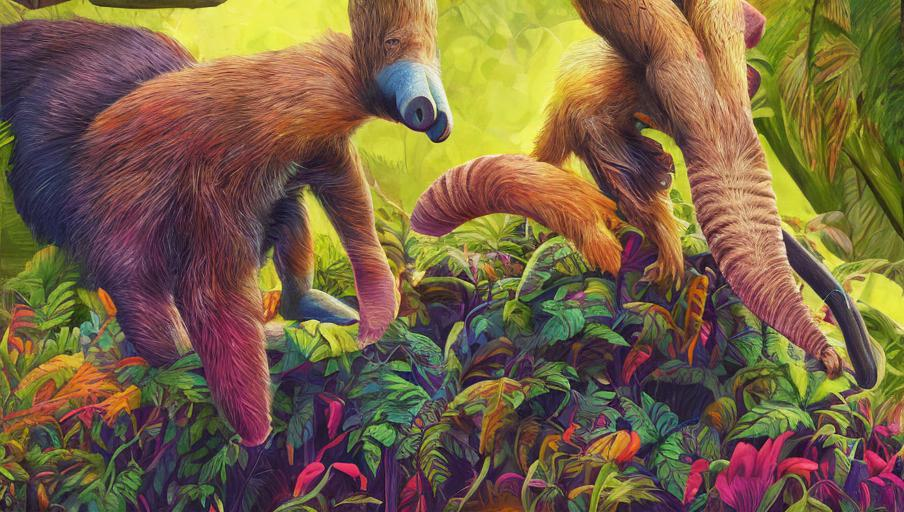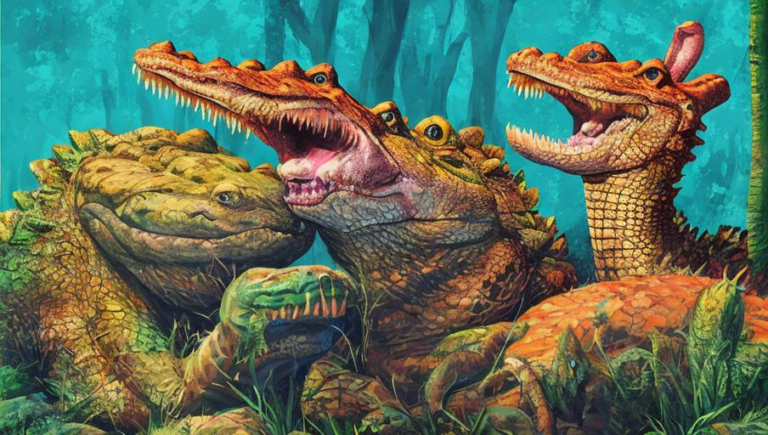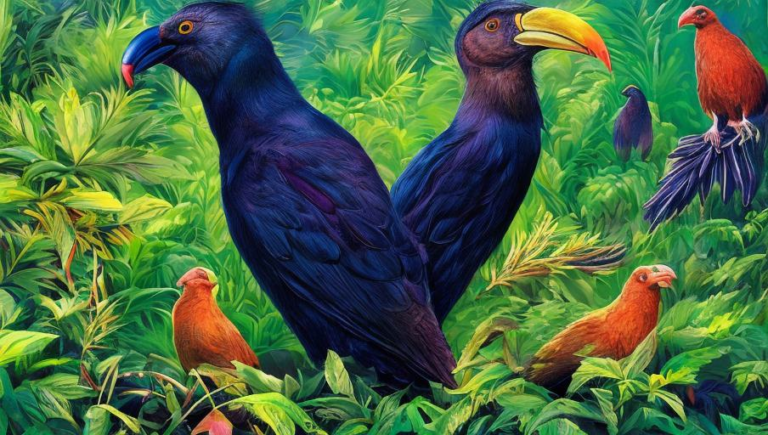Fascinating Facts about Anteaters

Anteaters: Nature’s Incredible Eaters
Anteaters are a unique species of mammal found in Central and South America. They have a long snout, a small head, and a long, slender body covered with coarse fur. These animals are adapted for their specialized diet of ants and termites, which they consume with their long tongues. Anteaters are also capable of consuming other insects, such as spiders and beetles.
Diet and Foraging Behavior
The primary diet of the anteater consists of ants and termites, which they find by using their keen sense of smell. They are able to detect the scent of the insects from a long distance. When they find an ant or termite colony, they will use their long tongues to collect the insects.
Anteaters are also known to feed on fruits, such as cacti, as well as other small invertebrates. They will also occasionally consume carrion, such as decaying animals.
Adaptations for Eating Insects
Anteaters have several adaptations that enable them to consume their insect prey. These adaptations include a long, sticky tongue, a muscular throat and jaw, and powerful claws.
The anteater’s tongue is capable of extending up to two feet in length. The tongue is covered with sticky saliva and is capable of collecting hundreds of insects in a single lick. The anteater’s throat and jaw are also highly muscular, allowing the animal to swallow its prey whole. The anteater’s powerful forelimbs and claws are used to tear open ant and termite colonies, allowing the animal to access its food.
Habitat and Conservation
Anteaters are found in a variety of habitats, including tropical forests, grasslands, and savannas. They are most commonly found in Central and South America, although there are a few species that are found in parts of Mexico and the Caribbean.
Anteaters are listed as a species of Least Concern by the International Union for Conservation of Nature. The primary threats to the species are habitat loss, hunting, and the illegal pet trade. Conservation efforts have been successful in increasing the population of anteaters, however, there is still more work to be done to ensure these animals are protected.
Conclusion
Anteaters are fascinating creatures that have adapted to a specialized diet of ants and termites. They have several unique adaptations that allow them to consume their insect prey, including a long, sticky tongue and powerful claws. Anteaters are found in a variety of habitats throughout Central and South America and are listed as a species of Least Concern. Conservation efforts are necessary to ensure that these animals are protected and their populations remain stable.





